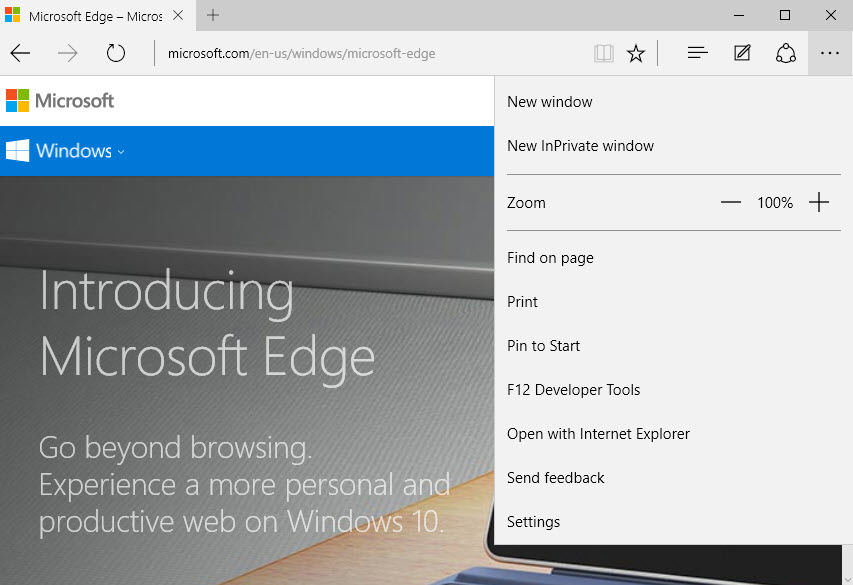Why you cannot launch multiple instances of Windows apps the usual way
I'm working on a 24" screen and like to display two program windows side by side most of the time.
That's excellent when writing articles as it allows me to have WordPress open in one and another site that I use for reference in another, and also great for research and other purposes.
It is easy enough to open instances of Windows programs, as you can double-click on any icon in the Windows Taskbar or Start Menu to do so, or, if you prefer that, hold down Shift and left-click on the icon instead.
While some programs prevent this from happening, others such as web browsers or email programs support this.
There are other ways to start new instances of a program that is already running, for instance by starting a new instance of it from its own interface if the option is included. This is supported by all web browsers for instance.
If you try to run these operations on Windows apps, regardless of whether they are designed for Windows 8 or Windows 10, you will notice that they don't work.
A double-click on the Microsoft Edge icon does nothing for example if the browser is already open, and this is the case for all Windows apps currently.

This does not mean that they don't support multiple windows though. It is easy enough to open a new window in Microsoft Edge using the menu for instance, the right-click context menu of links, or the shortcut Ctrl-n.
The Mail app supports multiple windows as well, for instance to display the inbox and a compose window next to each other.
The majority of applications don't support this however. The multi-window functionality of Windows apps is powered by an API that apps need to utilize to make multi-window functionality available.
The API is compatible with Windows 8 and 10, and works on the desktop and for mobile. Apps need to support it to provide multi-window functionality but even when they do, it won't have the same functionality that desktop programs offer in this regard.
This explains why you cannot just double-click an app icon to launch another instance of it as Windows apps handle things in a different manner than programs that run on the operating system.
The main issue here is that the behavior is inconsistent, especially if you don't know about the limitation and wonder why you cannot launch another instance of an application on your Windows system that is already running.